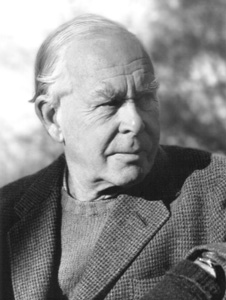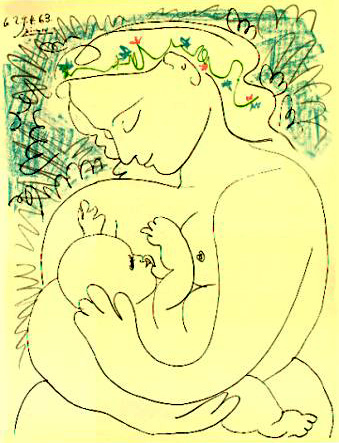Over the last thirty years Attachment theory has slowly but surely come to dominate how we understand a person’s relationship to others and to the world at large. Attachment ideas have transformed models of therapy and the way clinicians view mental health issues.
Game Change

John Bowlby was the father of attachment theory. He made the first big leap in the 1950s and 1960s when he argued that a human being’s primary drive is for the proximity of an attachment figure. This was a watershed departure from the dominant Freudian drive theory of the time that saw human psychology in terms of managing psychic energy and satisfying drives like libido and death instinct. Others in the Psychoanalytic tradition, like Winnicott, were heading in this direction but it was Bowlby who set about developing a coherent new theory with its own research basis (Bowlby, 1988).
This was a game changer for Mental Health and Therapy. Human development across the lifespan could now be seen in the context of a person’s attachment environment. Moreover, mental health issues and symptoms could be seen as either generated, reinforced or ameliorated by a person’s attachment milieu. Continue reading “Me, My Self, And The Other”


